The next scientist in my wonderful women in science series is the brilliant Marie Curie. Being a woman in the 1800s wasn't easy, and Marie had to overcome many hurdles before even starting her career in science.
Marie Curie was the first woman to win a Nobel Prize and the first person to win one in two fields ( Chemistry and Physics ). She discovered two new elements, polonium and radium and invented mobile X-ray units, which took more than a million X-rays of soldiers in World War 1.
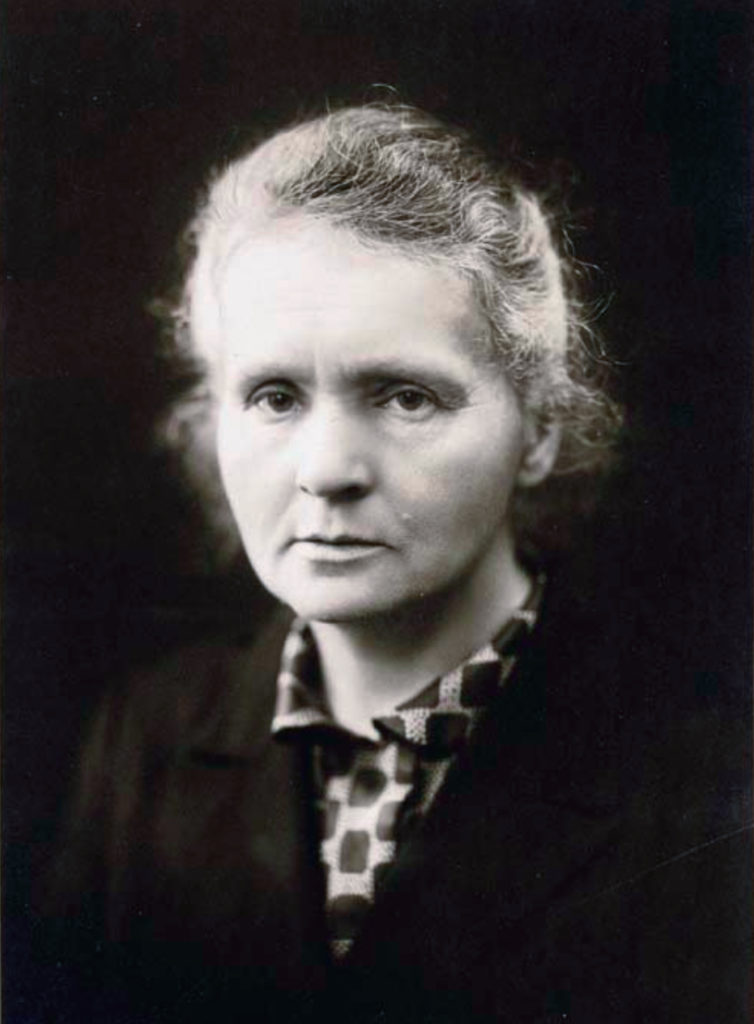
Marie Curie grew up in Warsaw, Poland and later moved to France to study at the Sorbonne in Paris. It was here where she met her husband Pierre Curie. They shared the 1903 Nobel Prize in Physics for the discovery of radium and polonium from pitchblende.
Marie received the 1911 Nobel Prize for producing radium as a pure metal and for her work on radioactive compounds.
Marie faced many struggles on her journey to becoming a scientist. When she was growing up, Poland was under the control of Russia and people were not allowed to read or write anything in Polish. Her sister Zofia died from typhus when Marie was 10, and her mother died from tuberculosis two years later. In the 1800s, Universities in Poland didn't allow women to attend. Marie worked to help fund her sister through University in France ( where women were allowed ) before starting her own studies.
Marie Curie died on the 4th of July, 1934, from aplastic anaemia, thought to be caused by exposure to large amounts of radiation while doing her research.
Marie's daughter, Irene, also won a Nobel Prize. Irene and her husband Frederic Joliot discovered how to make radioactive atoms artificially! Irene died at the age of 59 from leukaemia caused by years of exposure to radiation.
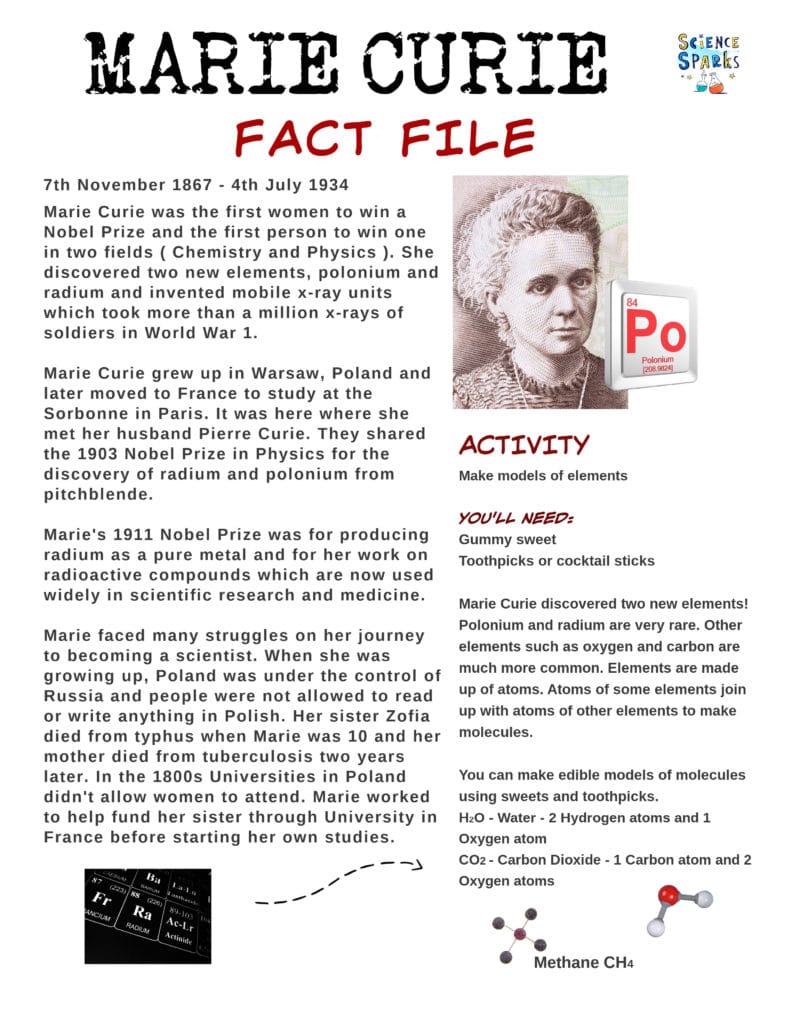
Science activities related to Marie Curie's work
Make edible models of greenhouse gases ( you can use the same method to make other molecules, too! )
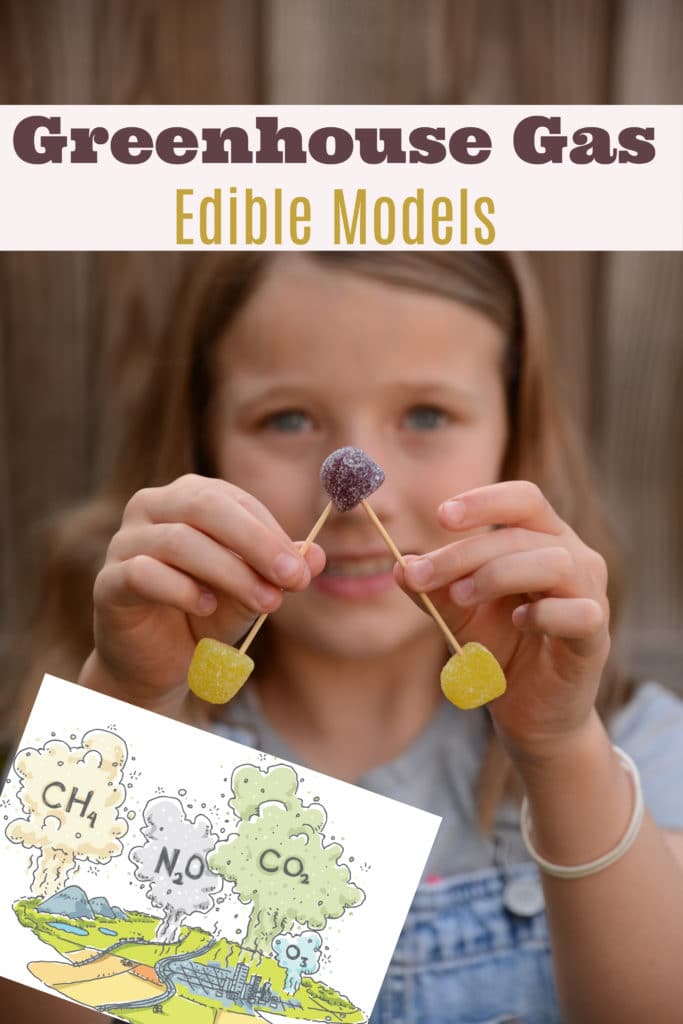
Make a model spine and other bone themed learning activities.
Paint a hand print X-Ray like The Pinterested Parent.
Make an edible DNA model.
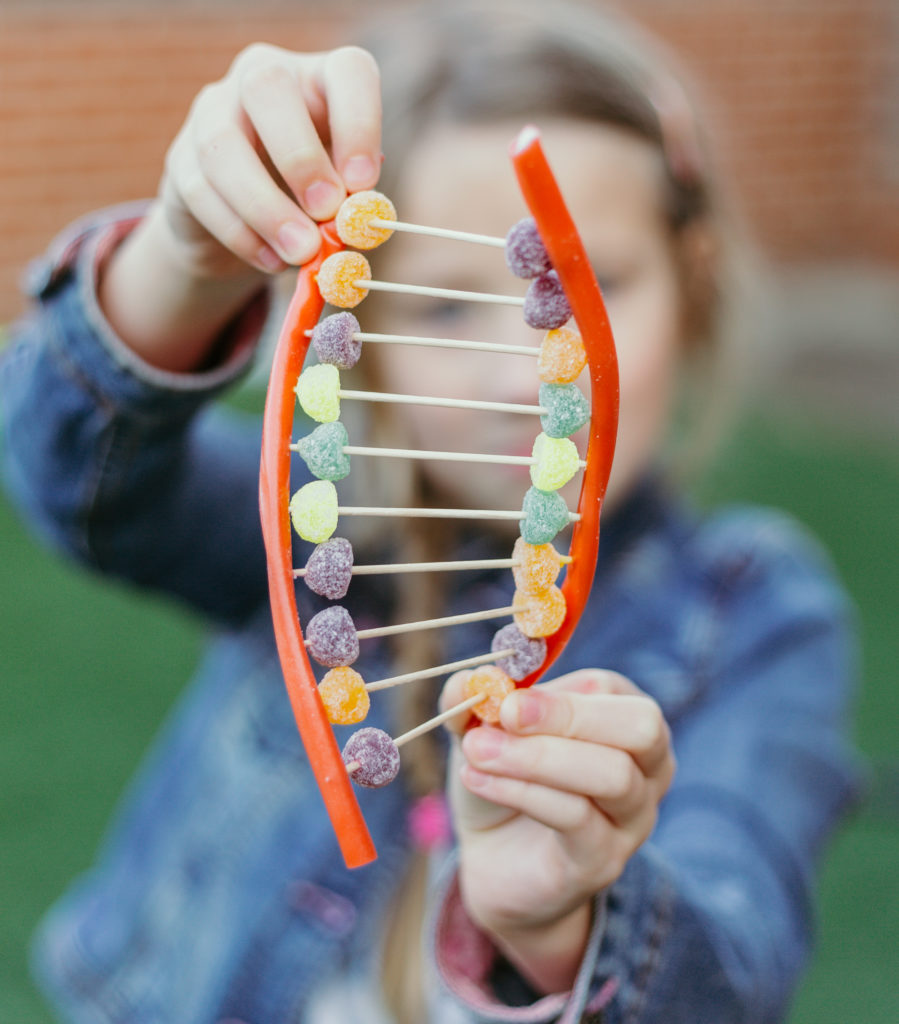
Finally, this X-Ray Play Dough is brilliant from I Can Teach My Child.
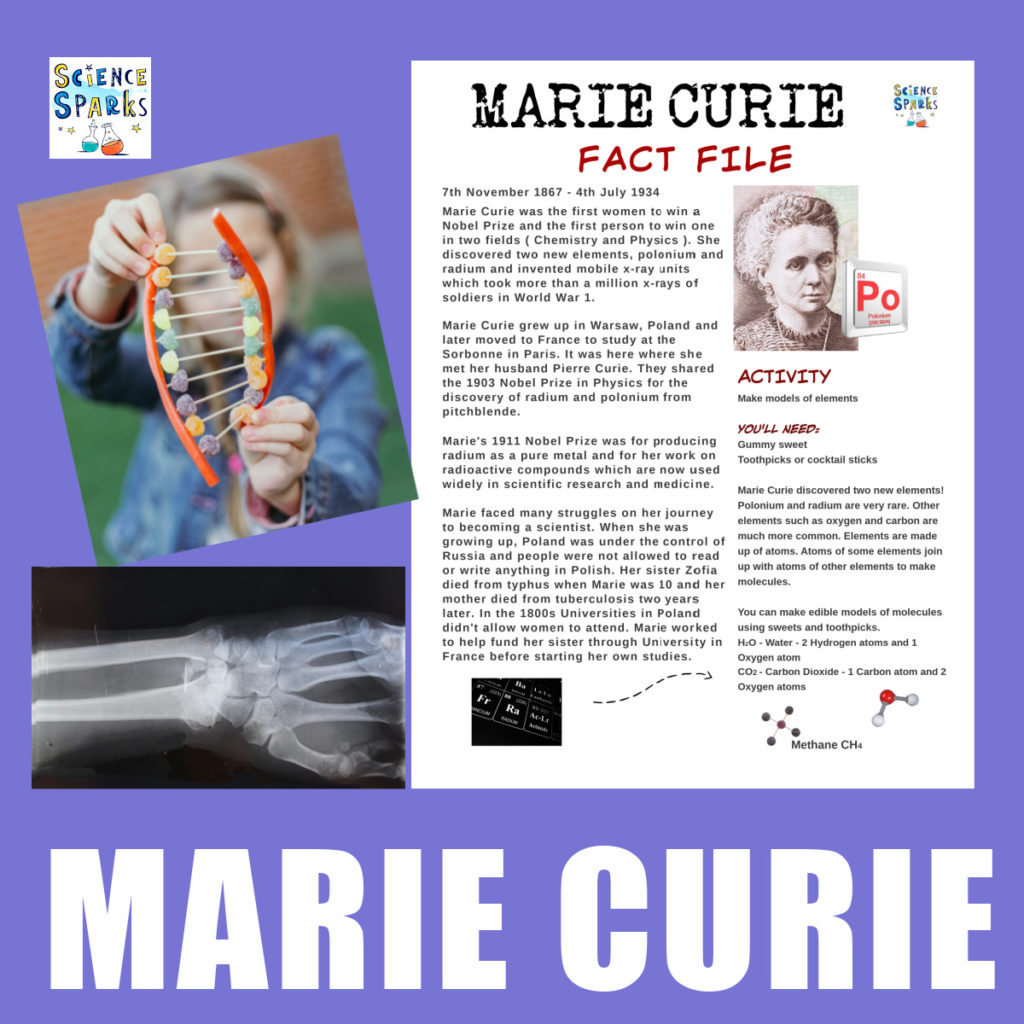
Last Updated on May 8, 2024 by Emma Vanstone
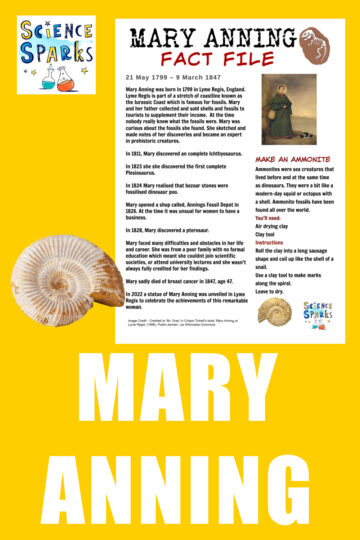
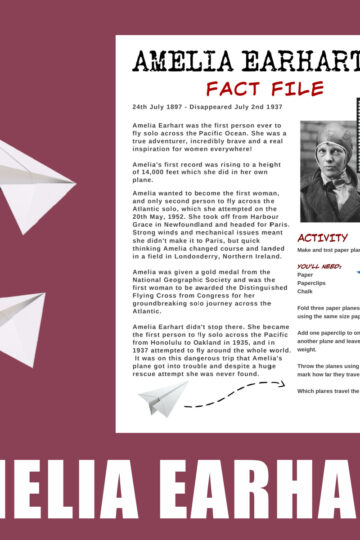
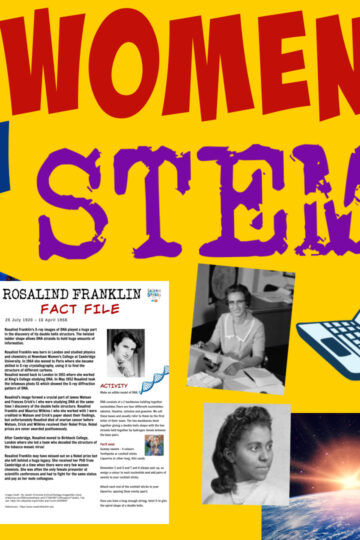
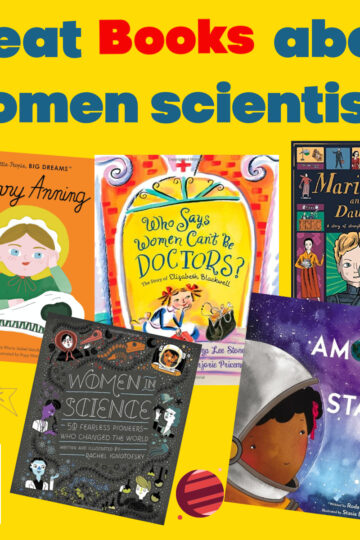
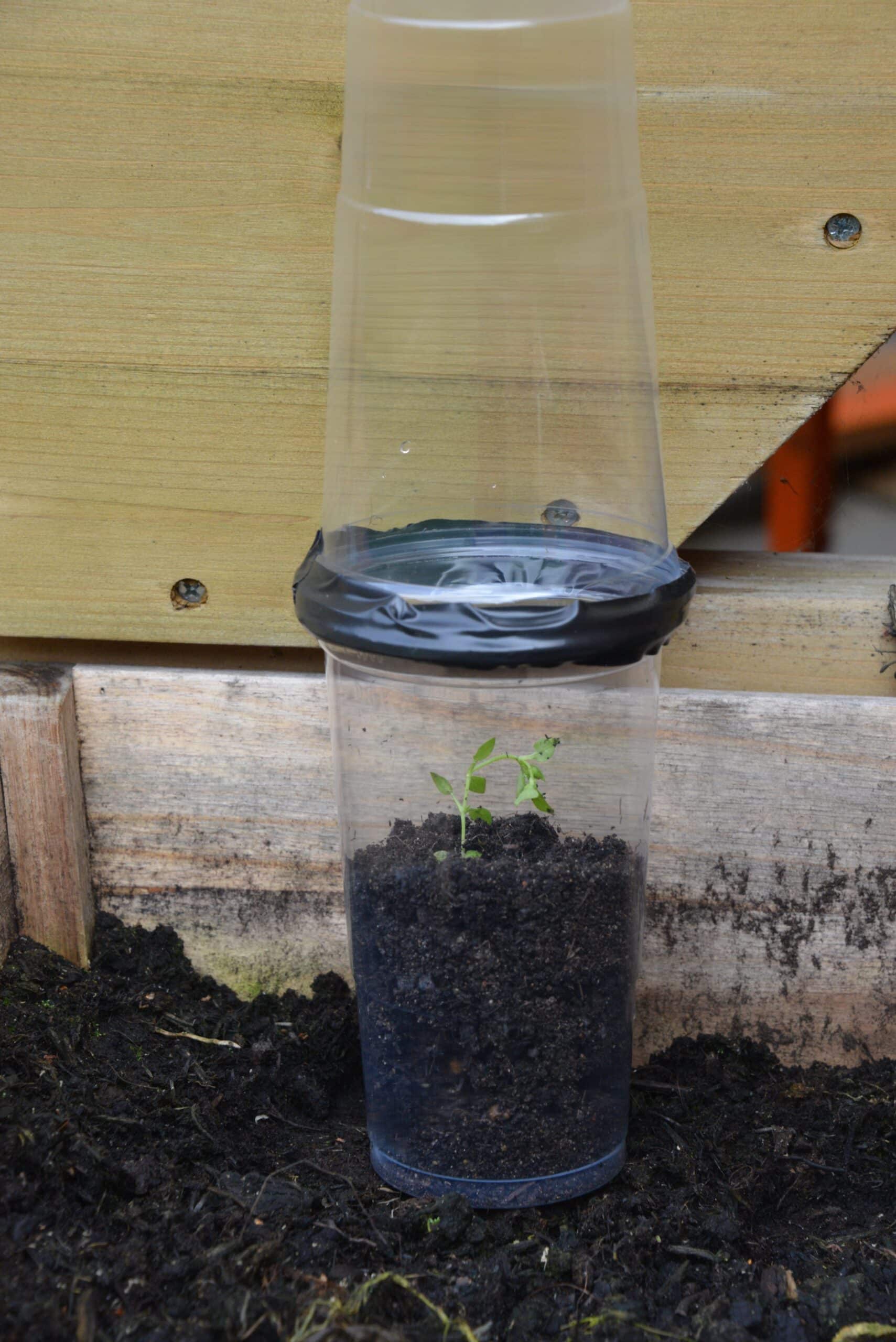
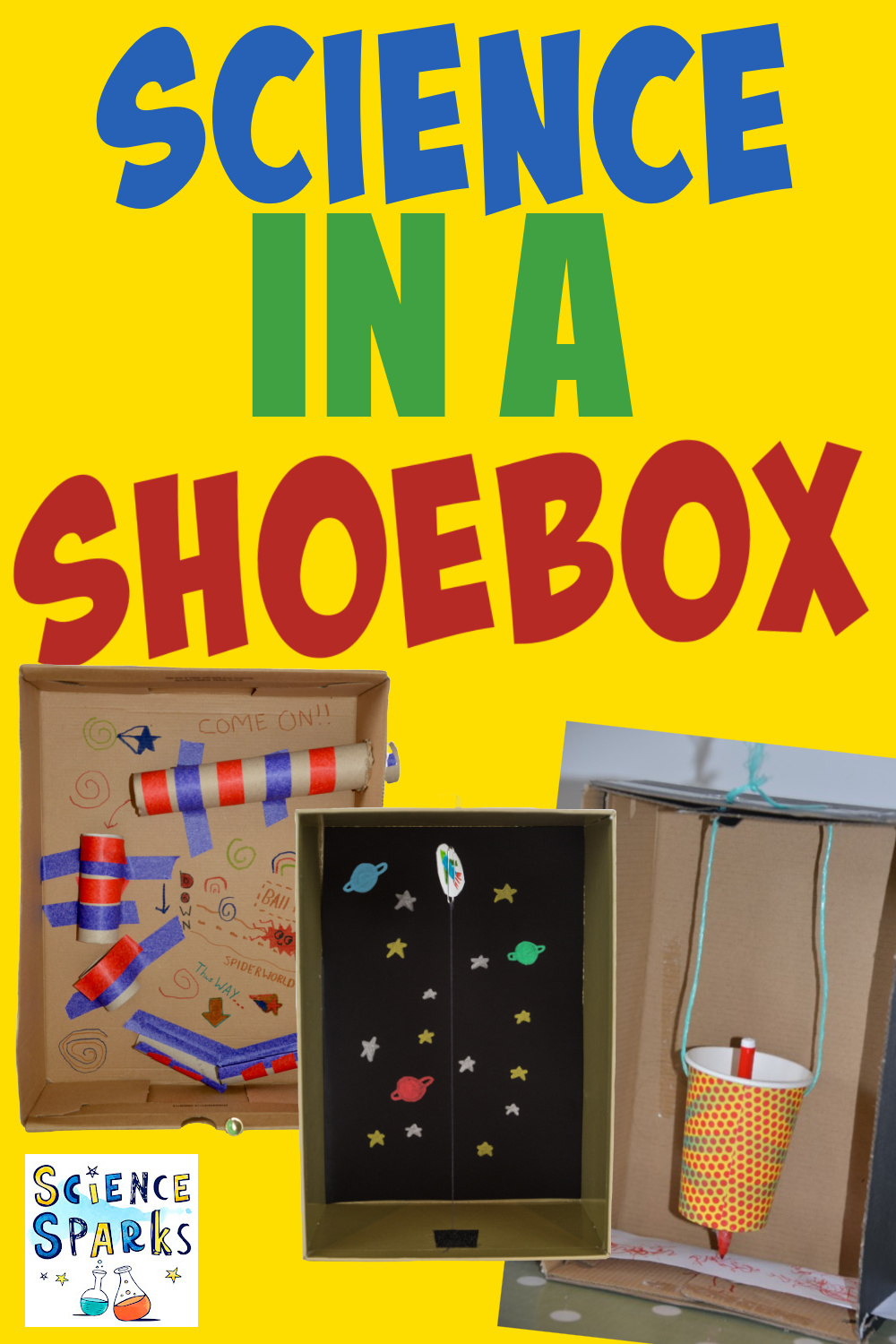
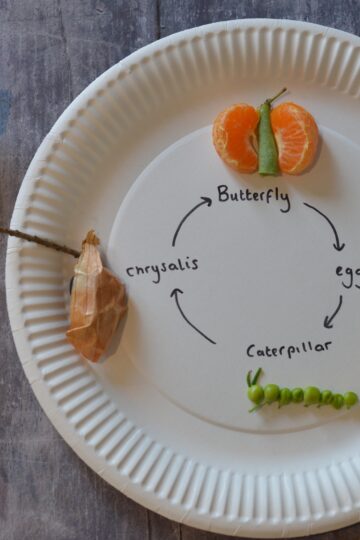

Leave a Reply